2002 Dodge RAM 1500 Instrument Cluster Not Working – Let’s Fix It!
In the beginning, When the instrument cluster in your 2002 Dodge Ram 1500 is not working, it can be a frustrating experience when the gauges and lights on your dashboard are unresponsive.
Possible causes for a 2002 Dodge Ram 1500 instrument cluster not working include a faulty module, a blown fuse, and a wiring issue.
However, we will walk you through the potential reasons why your instrument cluster is not working and provide step-by-step solutions to get it back up and running.
Troubleshooting Your 2002 Dodge Ram 1500 Instrument Cluster – Follow It Carefully!
- First Step: Key in Ignition, First, ensure you’re seated in the driver’s seat with the key inserted into the ignition switch.
- Second Step: Turn the Key Next, gently turn the key to the “on” position without starting the engine. This is the position just before the engine starts, where you’ll see your dashboard lights come to life.
- Third Step: Locate the Trip Button, Now, it’s time to find the trip button on your instrument cluster. Typically, a small button or knob lets you cycle through trip information on your cluster.
- Fourth Step: Press and Hold the key in the “on” position, and press and hold the trip button down for a few seconds. At the same time, Keep holding it down until the instrument cluster enters the self-diagnostic mode.
- Fifth Step: Self-Diagnostic Mode. Once in this self-diagnostic mode, your instrument cluster will display various information. With this intention, You’ll see gauge sweeps, warning lights, and possible error codes or malfunction indicators.
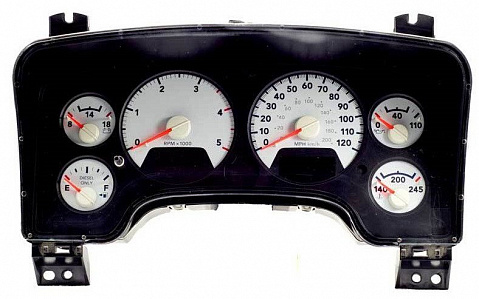
It’s essential to pay close attention and note any specific regulations or messages appearing on the cluster. Above all, Several potential reasons your instrument cluster may not work correctly exist. Let’s explore some of the most common issues!
Common Issues with the Instrument Cluster – Must Check Them Out!
1. Fuses and Relays:
In this case, troubleshoot the instrument cluster issues by checking the fuses and relays that control it. Start by locating two key boxes: the fuse box under the hood and the relay box under the dash on the driver’s side.
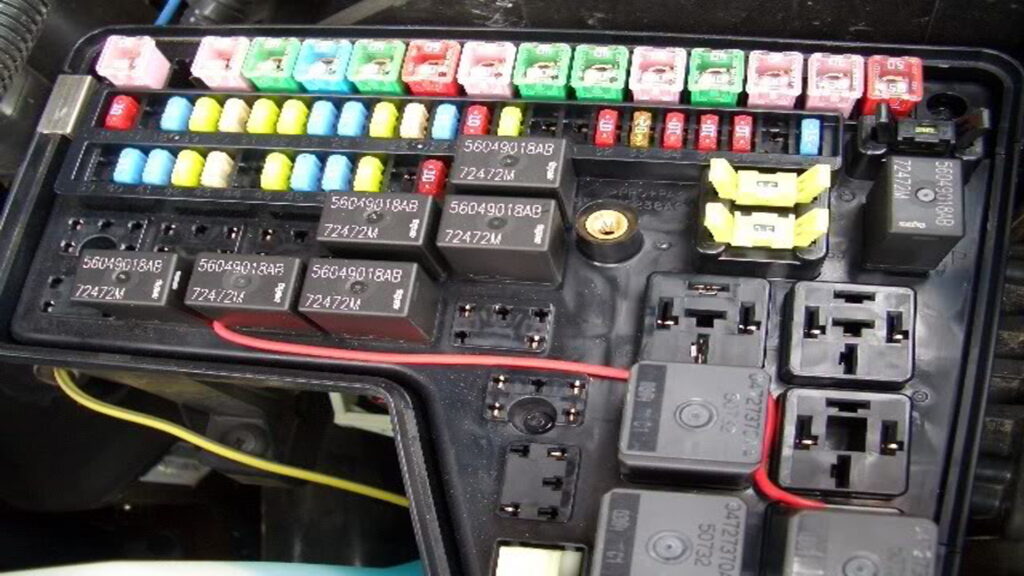
Now, carefully examine the fuses and relays related to the instrument cluster. Look for any that seem blown or damaged. If you find any, replacing these problematic components with new ones is crucial.
This is essential to ensure your instrument cluster works appropriately.
2. Wiring:
Next, we’ll examine the harness that links the instrument cluster to the engine control module (ECM). With this intention, Inspect it closely for any signs of damage, such as frayed wires, loose connections, or corrosion.
Moisture can also cause issues, so look for any signs of water damage. If you find damaged wiring, it’s crucial to repair or replace it as needed. This step ensures a secure and reliable connection between the instrument cluster and, in this case, ECM.
3. Grounding:
A suitable grounding connection is vital for the instrument cluster to operate correctly. Find the ground wire, typically situated on the back of the cluster, and ensure it’s securely connected to the vehicle’s chassis.
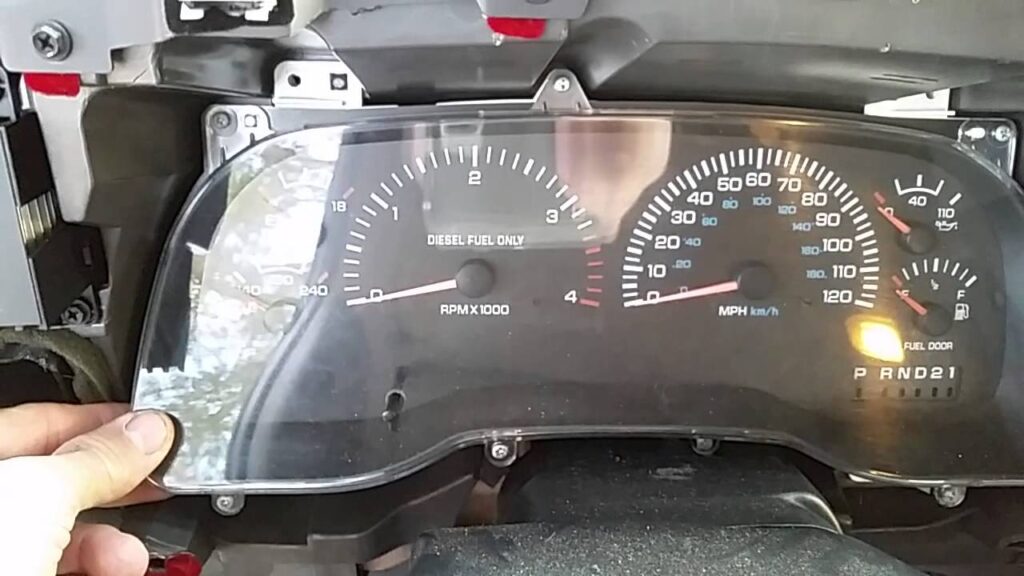
Over time, corrosion or rust can affect this grounding connection. If you notice any signs of decay, cleaning the affected area thoroughly is crucial. Ensuring a solid ground connection enhances the chances of resolving the instrument cluster issue.
4. Faulty Cluster Module:
If you’ve checked the fuses, relays, wiring, and grounding, and your instrument cluster is still not functioning, the issue might be with the cluster module itself. Unfortunately, instrument clusters are often not repairable, so the best solution is to replace them.
To get a compatible replacement cluster for your 2002 Dodge Ram 1500, it’s a good idea to consult a qualified mechanic or dealership. They can assist you in identifying the correct cluster module and guide you through installation.
5. Electrical System Issues:
In some situations, problems with the instrument cluster might coincide with issues in other electrical components of your truck, such as the headlights or radio. These simultaneous malfunctions could point to a more significant problem within the electrical system.
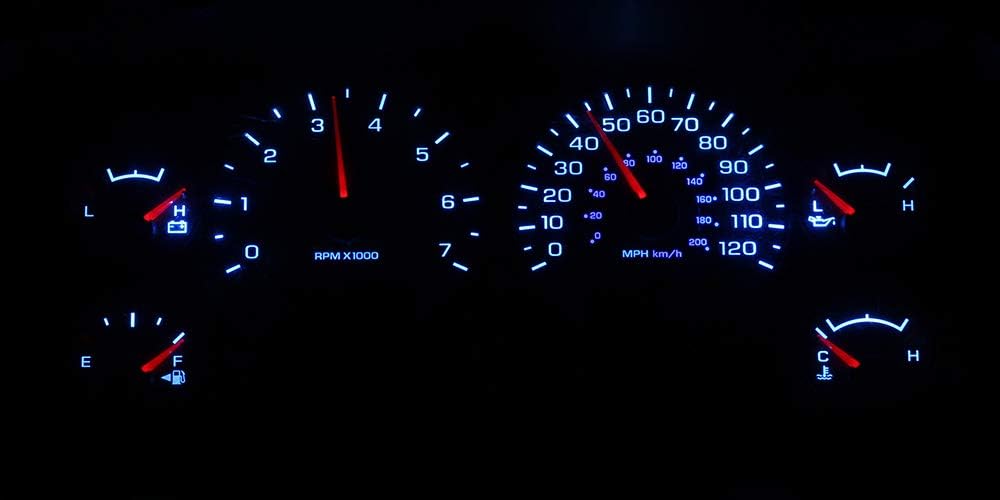
When you encounter such a situation, it’s recommended to have a professional diagnose and repair the electrical system. Their expertise ensures a comprehensive approach to addressing any underlying electrical issues affecting the instrument cluster.
NOTE: After all, You can also consider visiting this DODGE RAM FORUM to clear up the confusion!
If you’re facing issues with your instrument cluster, and it turns out that the module is to blame, you may wonder, “Can I replace it myself?” In this guide, I’ll walk you through the process. You’ll find it’s a doable DIY project with the right tools and patience.
Instrument Cluster Replacement – A Step-by-Step Guide!
What We Need?
- Replacement instrument cluster module
- Screwdrivers
- Socket and ratchet set
- Trim removal tools (optional)
- An anti-static wrist strap (optional, but it’s a good idea)
- The shop manual or repair guide for your specific vehicle
Step 1: Disconnecting the Battery
First things first, let’s ensure safety. We don’t want any electrical surprises. So, disconnect the vehicle’s battery. It’s a simple but crucial step.
Step 2: Removing the Dashboard Trim
Now, let’s get access to the instrument cluster. You should remove the dashboard trim depending on your vehicle’s model and trim.
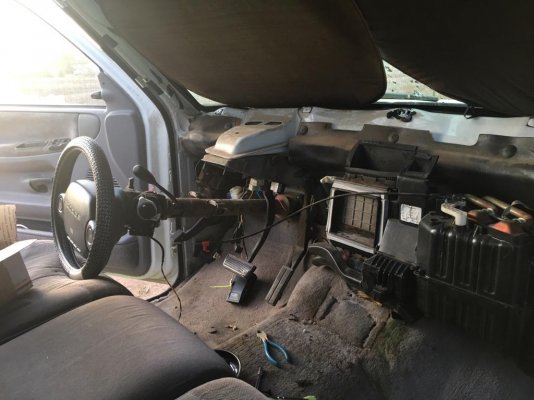
Further, I found that trim removal tools make this task easier. You can gently use a screwdriver if you don’t have these tools. Just be extra careful not to damage the trim during the process.
Step 3: Gaining Access:
You can access the instrument cluster with the dashboard trim out of the way. Typically, it’s held in place by several screws. Moreover, You can use your socket and ratchet set to remove these screws. Keep track of each screw’s location; they might differ in size.
Step 4: Disconnecting Wiring Harnesses
Before removing the old cluster module, we need to unplug the wiring harnesses. These harnesses provide power and data connections.
Under those circumstances, disconnect them and gently press any retaining clips or tabs. Then, carefully open the tackles.
Step 5: Removing the Old Cluster Module
With the wiring harnesses detached, we can now slide out the old cluster module from its mounting position. Accordingly, Take extra care not to damage any nearby components or wiring.
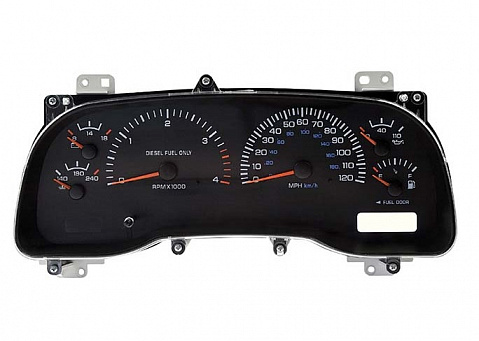
Step 6: Installing the New Cluster Module
Now, we’re ready to install the replacement cluster module. Position it in place, ensuring it aligns with the screw holes. After that, reattach the wiring harnesses to the new module.
Step 7: Reassembly and Testing
At this instant, Secure the new cluster module by reinstalling the screws and reattaching the dashboard trim. Reconnect your vehicle’s battery, and turn the ignition to the “on” position.
This is the moment of truth – let’s test the new cluster. Make sure all gauges, lights, and indicators work correctly.
Step 8: Final Check and Calibration
Lastly, After confirming that the new instrument cluster is functioning as expected, double-check that all screws and trim are securely in place. If any issues persist or calibration is required, consult your vehicle’s shop manual or repair guide for specific instructions.
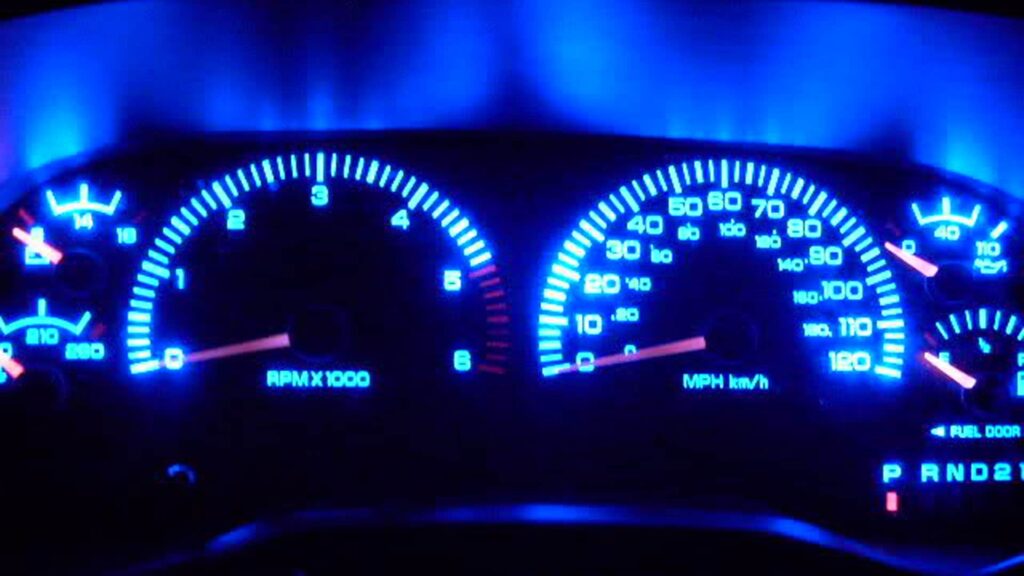
You can successfully replace a faulty instrument cluster module by following these steps. However, seeking professional assistance is a good idea if you need clarification on any part of the process or encounter difficulties.
Frequently Asked Questions:
1. Why is the check engine light on even though the instrument cluster is not working?
The check engine light is controlled by the engine control module (ECM), and it’s separate from the instrument cluster. Even if the cluster isn’t working right, the check engine light can still come on if there’s a problem with the engine or emission system.
2. What can cause intermittent power to the instrument cluster?
Intermittent power to the instrument cluster might happen due to loose connections, damaged wiring, or a faulty cluster module. Check the wiring for any signs of damage, and make sure all links are tight. If the problem keeps happening, think about getting a new cluster module.
3. Is it possible to repair the instrument cluster myself?
No, Fixing instrument clusters is usually something you can do yourself. Because They have complex electronic parts that need special tools and skills for diagnosis and repair, it’s best to get help from a qualified mechanic or a dealership.
Conclusion:
In the final analysis, Possible causes for a 2002 Dodge Ram 1500 instrument cluster not working include a faulty module, blown fuse, and wiring issue.
Above all, Remember to check the fuses, inspect the wiring, ensure proper grounding, and consider replacing the cluster module if needed. If you are still trying to diagnose and repair the issue yourself, it is recommended to seek the assistance of a qualified mechanic or dealership.

George Mason
Hi! I’ve been friends with my Dodge Ram for 7 years. I work as a carpenter, and my truck isn’t just for driving, it helps me with my job. Carrying tools and materials, it’s like a helper. Now, what I’ve learned and know is part of the content on phaseways.com. When you read about Dodge Ram here, know that it’s coming from someone who knows how it feels to drive and enjoy the open road. Let’s explore the world of trucks together, from taking care of them to the fun of driving, all from a carpenter who’s found a buddy in his Dodge Ram. Read More About me on Author Page!
